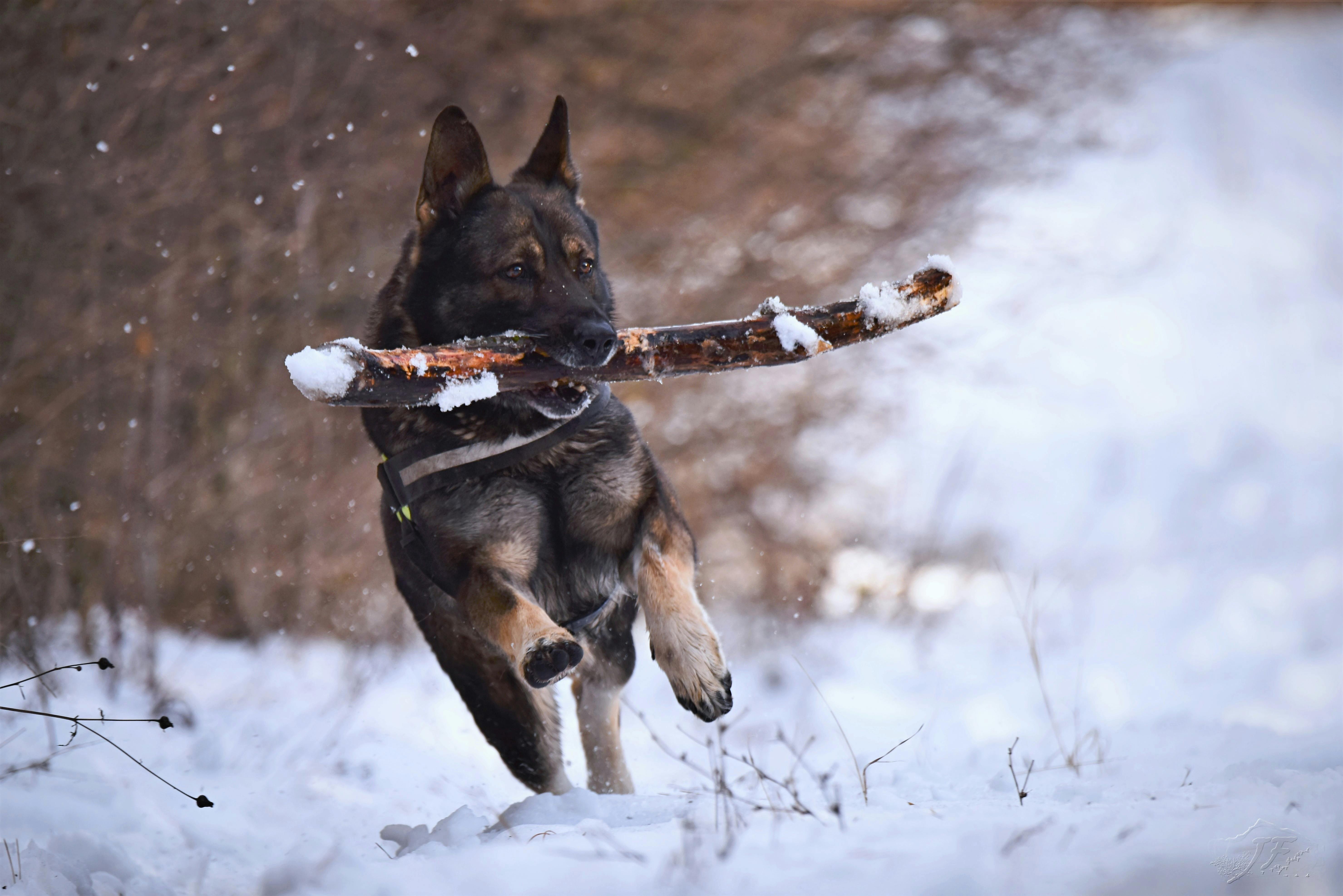Scottie or Westie: This Mistake Is Perfectly Understandable
Show an uninformed dog lover a picture of a Westie, and they’ll identify it as a white Scottie. This misconception is perfectly understandable as they have similar physical attributes and both originated in Scotland.
There are many postulated theories about these similarities. However, a valid assumption is that centuries ago, a generic terrier was once native to Scotland.
Over the years, different breeds arose from interbreeding, locations, conditions, and human requirements, resulting in the different breeds. So when you compare the modern Westie to his two closest relatives, the Scottie and the Cairn, you’ll see more similarities than differences.
These are just some of the differences between Scottie and Westie.
A Westie is typically 12 to 15 inches tall with a straight, erect tail of about 5 to 6 inches. This breed has a two-inch white double coat, while the outer coat is straight and coarse hair, the undercoat is smooth.
They have a black button nose and upright, pointed ears. Their deep chests and muscular limbs give Westies the agility and power that was required in their breed’s original line of work. They were originally developed to hunt vermin in the mountains of western Scotland.
The shorter Scottish Terrier stands between 10 and 11 inches tall. The coat of a typical Scot is harsh, wiry, weather resistant, and a thick, cobby body that hangs down between short, heavy legs. Unlike the westie, they come in different colors; black, brown and bindle.
Another difference is that their noses are larger compared to the Westie, although you will sometimes come across a Scot that has a button nose. The Scotsman’s ears and tail are pointed and erect.
How does the American Kennel Club (AKC) describe the standard gait of both breeds? The Westie’s gait is free, straight, and easy, and it is a distinctive, unforced, yet powerful gait with reach and drive. Your general ability to move is usually best assessed from the side, and the topline remains level.
The Scottish Terrier’s gait is neither the square trot nor the gait desirable in long-legged breeds. Its front legs slope slightly inward due to the wide and deep forechest. The movement must be free, agile and coordinated with a powerful drive from behind and a good reach to the front. When the dog is in motion, the back must remain firm and level.
You won’t make a mistake when choosing a pet of either breed as they are popular not only for their looks but also because they are loving, intelligent, affectionate and loyal dogs.
(Disclaimer: Any information contained on this site relating to various medical, health, and fitness conditions of Westies or other animals and their treatments is for informational purposes only and is not intended to be a substitute for advice provided by your own veterinarian. You should Do not use the information contained herein to diagnose the health of any animal. You should always consult and verify with your own veterinarian or veterinarian.)
I hope you found the article useful to you.
Good health and happiness.
